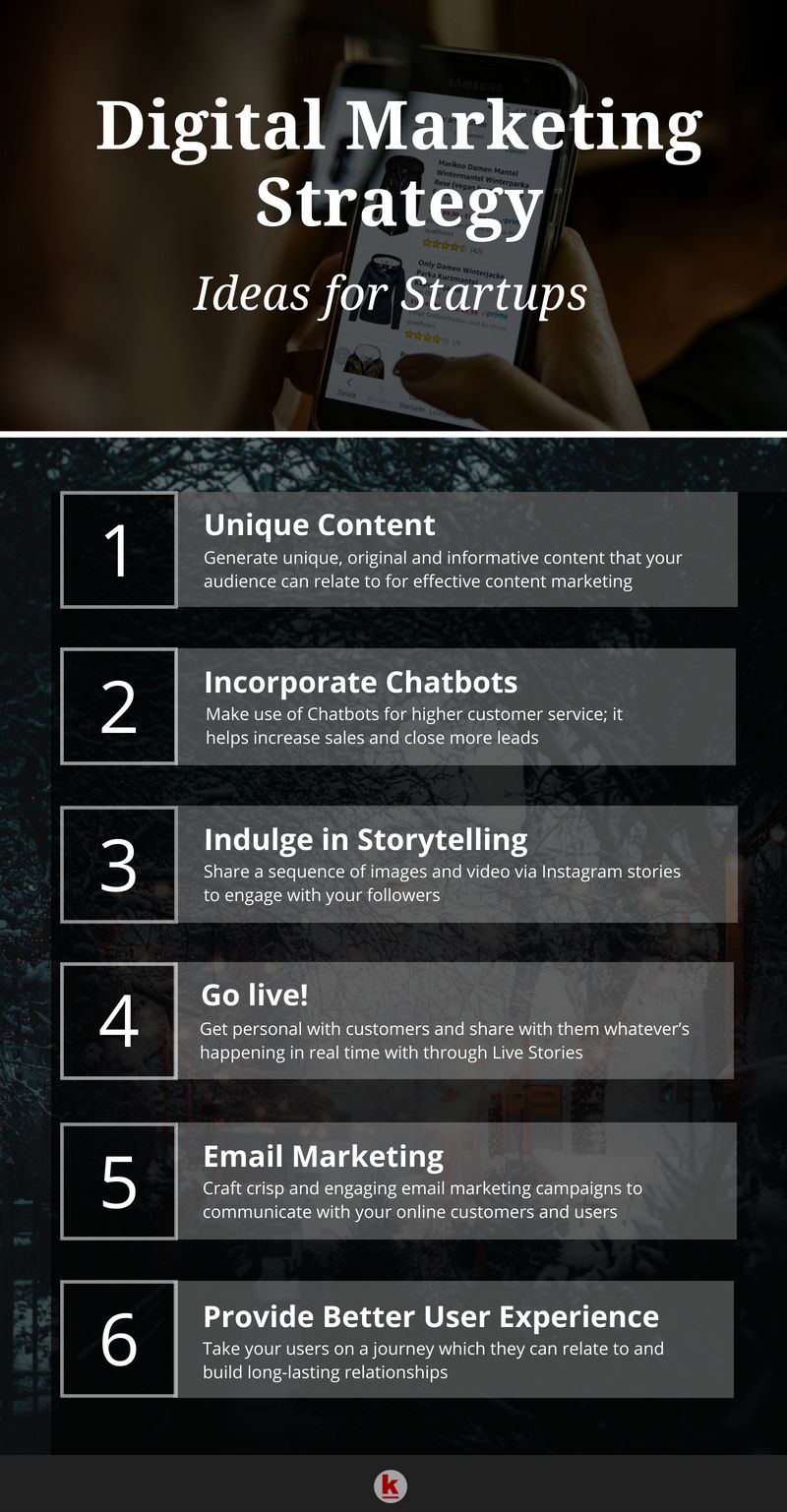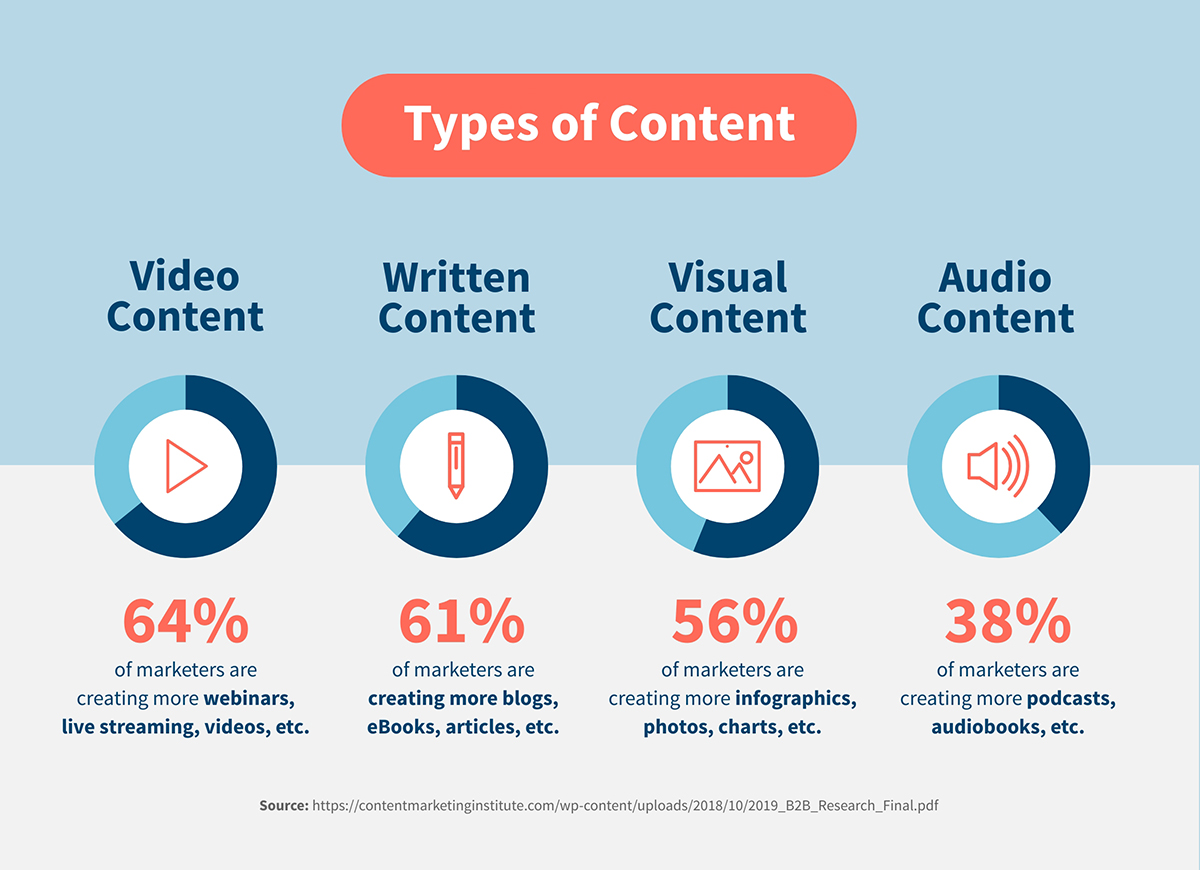
Instagram is a powerful tool for promoting your business or brand. You can post photos and use hashtags to create a strong aesthetic. To get the most from your account, it is important to first understand best practices. These tips will help maximize your Instagram account's potential.
Use hashtags
Using hashtags properly is an important part of Instagram marketing. Popular hashtags like #likes or #follows can work in the initial few seconds but are often used by spammers, which could result in account closure. The following guidelines will help increase engagement on your post.

Use hashtags to connect posts to popular topics and increase reach. It can also help improve tracking and relevancy. It is important to make your hashtags original. Check if the hashtag has been used before. This will prevent you from using duplicate hashtags.
Instagram does not only offer keyword-based hashtags. It also offers phrase-based tags that can be used in order to target a certain group or community. Popular hashtags are #OOTD (outfit of the day), #FBF (flashback Friday), and #YOLO (you only live once). Branded hashtags can make it easier for businesses to stand apart from the rest on Instagram. In your Instagram Stories, you can include up to 30 hashtags.
Create a strong aesthetic
First, decide the visuals that your brand will use. If your brand is focused on beauty products you might choose to use certain color codes. If this is the situation, it's a good idea to incorporate them into your style guidelines. A second step is to use consistent hashtags or filters. This will allow your posts to be found more easily by users.

When creating your aesthetic, remember that your goal should be to connect with your customers and target audience. This means you need to understand your target audience's tastes and preferences in order for your aesthetic to be relevant. Pinterest can help you with this by letting you search for ideas by using certain words that relate to your brand's aesthetic.
FAQ
What is Content marketing?
This strategy involves creating relevant and valuable content for your blog or website. This content can include video, images, text, and infographics.
What's the difference among content creation and marketing?
Content marketing refers to the idea that great brands all have the same message. They continually deliver useful information that people want or need.
Content marketers know how to create the right content for each channel at different times.
They are also able to create a strategy for promotion and distribution.
That is, they think strategically about the things they do and what it means.
This is the foundation skill set required to be a successful content marketing professional.
Content marketing: Where do I begin?
Start by identifying the audience. Who are they exactly? Which are their needs How can they be helped? Knowing who you are writing for will help you decide where to put your efforts.
Statistics
- Content marketing produces 3X more leads per dollar spent. Content marketing costs 62% less than traditional marketing. (criteo.com)
- Forty-seven percent of buyers view 3 to 5 pieces of content before engaging with a sales representative. (mailchimp.com)
- According to our research, 65% of companies with very successful content marketing in 2021 ran content audits at least twice a year. (semrush.com)
- Companies that use content marketing see approximately 30% higher growth rates than businesses not using it. (mailchimp.com)
- Out of the 1,500 marketers we surveyed for our State of Content Marketing report, 78% who felt their content marketing strategy was exceptionally effective in 2021 had documented their strategy. (semrush.com)
- Seventy-two percent business to business (B2B) (mailchimp.com)
- To further show the importance of this, 89% of people have stopped doing business with a company because of a poor experience. (neilpatel.com)
- We found that 40% of businesses don't have a documented strategy yet. (semrush.com)
External Links
How To
What are the top content marketing platforms available?
Although no platform is perfect for every industry, most industries have at minimum one preferred tool. Hubspot's software has been proven to improve conversion rates by over 50%. It is therefore widely used by marketers.
However, not all tools will be the same. Some tools provide better analytics tracking and some allow for easier collaboration among different teams. Other tools have features like A/B testing, which may help you improve your content marketing ROI.
So before you choose a particular platform, consider the following: What are the pros and cons of each? What will it do for me now? What about 2 years from now?
Entrepreneur Magazine's top five content marketing platforms are listed below.
Marketo Content Studio - Content Marketing Platform #1
Marketo provides enterprise social management software. It offers a suite of products and services, including CRM software, social publishing tools, and analytical dashboards.
They also offer a content studio that gives businesses access to a library of pre-made templates and graphics that can be modified into customized designs.
This means that you don't need to spend time creating graphics or writing original content. Instead, you can instead focus on creating compelling content that speaks directly and effectively to your target audience.
Marketo allows you to easily add images and videos to your blog posts. This is one of the reasons Marketo has been so successful. This visually enhances your blog posts and increases reader engagement.
Marketo won't allow you to edit your image or video files.
Trello, Content Marketing Platform #2: Trello
Trello is similar in concept to Kanban boards, which are used for project management. Both provide lists of tasks which can be assigned to users and monitored for progress.
Trello allows you create individual boards for each member of your team and assign them specific responsibilities. It facilitates information sharing among employees.
Trello isn't dependent on any special software, unlike Kanban boards. Trello can be used on almost any device.
Trello is a great way to invite people and collaborate on projects without having access to sensitive data.
This means that you can create a private Board and share only the most important details with those who need it to complete a task.
Google Suite - Content Marketing Platform 3
Google offers a variety of products specifically designed for business owners. Google's G Suite offers Google Docs and Sheets as well as Slides and Slides.
These applications aren’t free. Each user will be charged separately. However, if you are planning to use them all for different purposes, several plans start at $5 a month.
If you wish to embed a link on another website in a document you will need to buy two licenses.
However, if only one document is needed, you will be able to create it free of charge.
A significant advantage of using Google tools is that they integrate well with other apps like Gmail. This means you can easily send links to documents via email and efficiently store data in Google Drive.
Content Marketing Platform 4: Hubspot
HubSpot is a popular web-based tool for marketing that provides a wide range of functions.
Through its platform, users can manage different aspects of their websites, landing page, and blogs. Users can track conversions and create automated email campaigns.
HubSpot is also integrated with Salesforce and WordPress, meaning you can connect all three platforms.
HubSpot integrates with more than 200 third-party applications. This is one of its most important features. This allows you automation and reports generation based on real-time statistics.
While you won't be able to publish content directly from HubSpot, you can export it into many formats, including HTML, PDF, and Word.
HubSpot has a free version that allows you to test pricing. HubSpot offers a free trial version. However, you can upgrade to a paid account to gain unlimited access.
HubSpot is the best blog platform and eCommerce solution. Get started today!